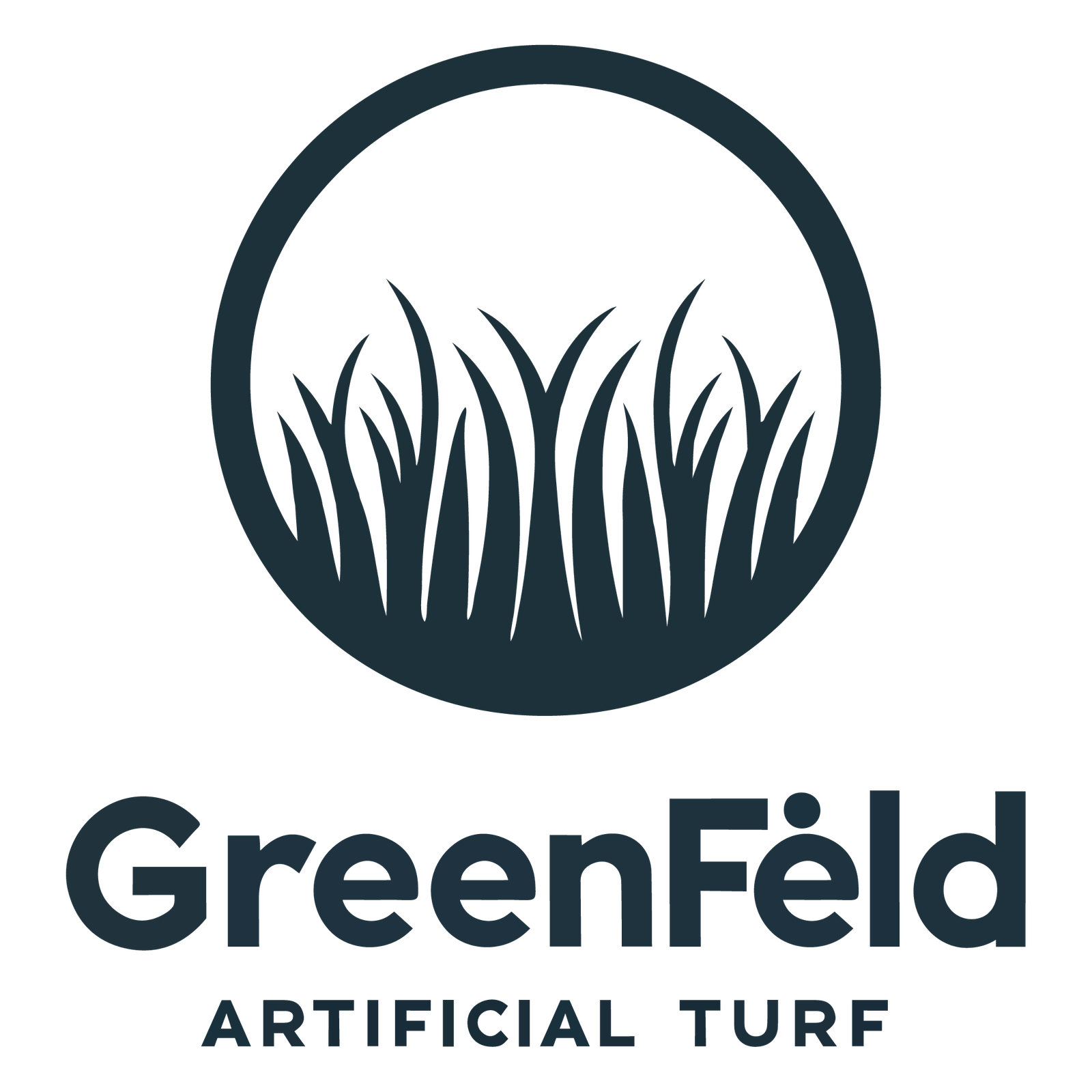The density of artificial turf refers to the amount of yarn (or fibers) per unit area. This density affects the turf’s appearance, durability, and how it feels underfoot. Measuring the density of artificial turf involves several key metrics:
- Stitch Rate: This is the number of stitches per unit length, often measured per meter or per 10 centimeters along the width of the turf. It indicates how many stitches are made in the turf backing within a given length.
- Gauge: The gauge is the distance between the rows of stitches. It is often measured in fractions of an inch or millimeters. The closer the rows are, the denser the turf will appear.
- Pile Height: This refers to the length of the artificial grass fibers from the backing to the tip. While not a direct measure of density, it influences how the density is perceived. Shorter pile heights with a high stitch rate can feel denser than longer fibers with the same stitch rate.
- Total Weight or Face Weight: Total weight includes the weight of the backing and fibers per square yard or meter, whereas face weight refers only to the weight of the fibers per square yard or meter. Higher weights typically indicate a denser, more durable product.
To calculate the density, you could consider the stitch rate and the gauge together. For instance, if you know the stitch rate per meter and the gauge, you can calculate the number of stitches per square meter, which gives you a good indication of the turf’s density.
Density (stitches/m2)=Stitch Rate (stitches/m)×1Gauge (m)Density (stitches/m2)=Stitch Rate (stitches/m)×Gauge (m)1
This calculation gives you an idea of how closely packed the fibers are, which affects the turf’s overall quality, appearance, and performance. High-density turf is generally more durable and feels more like natural grass.

